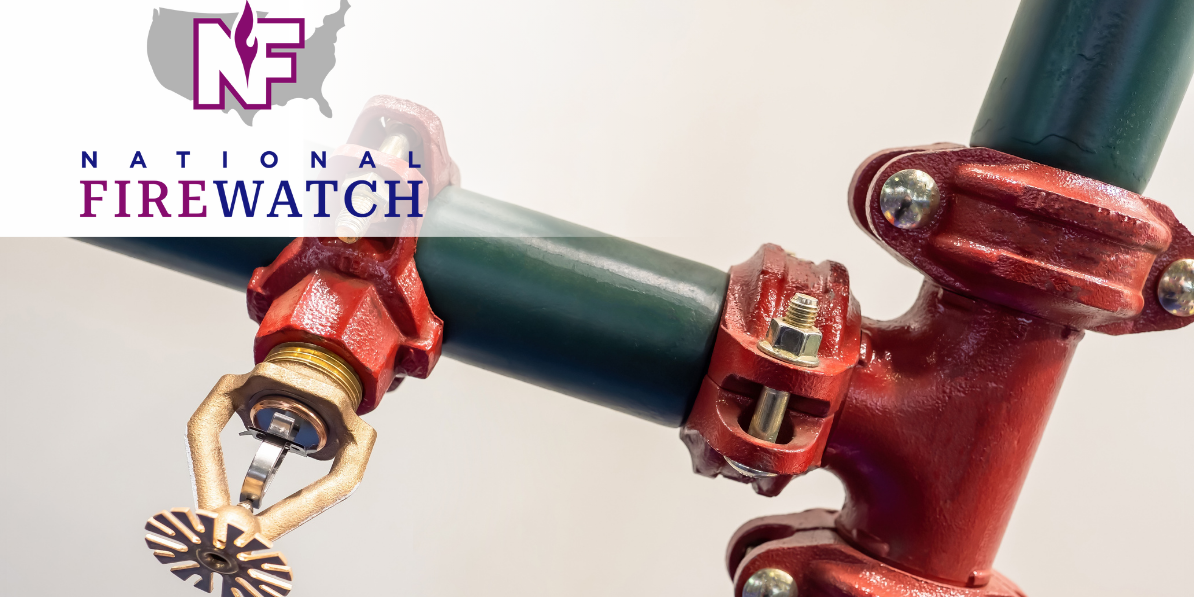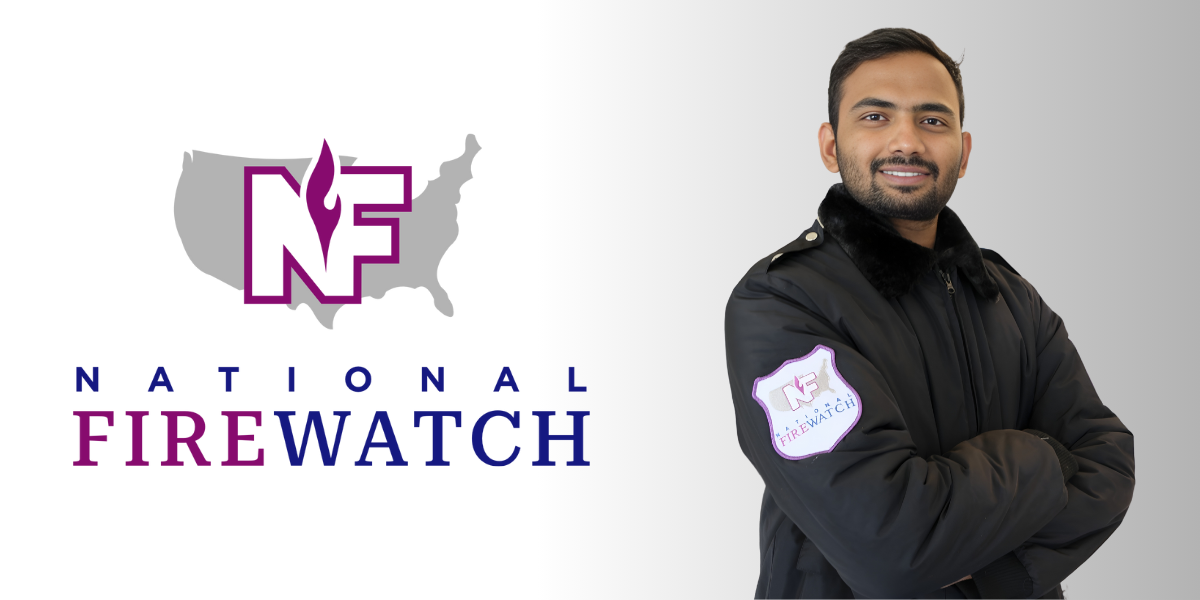Ensuring fire safety in residential properties is not only a legal obligation for landlords and property managers but also a critical measure to protect tenants and property investments. This guide provides a detailed checklist to help landlords and property managers implement effective fire safety protocols, minimize liability, and safeguard residents.
Some safety checks—such as regularly replacing smoke detectors—are intuitive for most people. Services like fire watch, on the other hand, often go unsourced when property managers compile their safety plans. Since fire watch guards are seldom needed in most residential contexts, landlords may be unaware of their crucial role in protecting tenants and their property.
Review this guide carefully and ensure that any properties in your care meet all safety guidelines. Most importantly, have prequalified vendors lined up in advance so you know who to call when emergencies happen.
Understanding Fire Safety Responsibilities
Landlords and property managers are responsible for maintaining safe living conditions, which includes implementing fire prevention measures. Failure to comply with fire safety regulations can result in legal consequences and pose a risk to tenants’ lives.
Essential Fire Safety Measures
1. Smoke Alarms
- Installation: Install smoke alarms inside each bedroom, outside sleeping areas, and on every level of the home, including the basement.
- Maintenance: Test smoke alarms monthly, replace batteries at least once a year, and replace the entire unit every 10 years.
2. Carbon Monoxide Detectors
- Installation: Place carbon monoxide detectors outside each sleeping area and on every level of the home.
- Maintenance: Test detectors monthly and replace them according to the manufacturer’s instructions, which typically involves replacement every 5-7 years.
3. Fire Extinguishers
- Placement: Provide at least one multipurpose fire extinguisher per floor, especially in the kitchen and near heating equipment.
- Maintenance: Ensure extinguishers are easily accessible, fully charged, and inspected annually by a certified professional.
4. Fire Escape Plan
- Development: Create a fire escape plan that includes two exits from every room and a designated meeting place outside.
- Communication: Share the escape plan with tenants and encourage them to practice it twice a year.
5. Electrical Safety
- Inspection: Regularly inspect electrical systems for frayed wires, overloaded outlets, and malfunctioning appliances.
- Upgrades: Hire licensed electricians to address any electrical issues and consider upgrading outdated wiring systems.
6. Heating Equipment
- Maintenance: Have heating systems, chimneys, and vents inspected and cleaned annually by qualified professionals.
- Safety: Keep flammable materials at least three feet away from heating equipment.
7. Cooking Safety
- Guidelines: Advise tenants to stay in the kitchen while cooking, keep flammable items away from the stove, and never leave cooking unattended.
- Equipment: Provide stove-top fire suppressors or automatic shut-off devices to enhance kitchen safety.
8. Smoking Policies
- Restrictions: Implement a no-smoking policy within the property to reduce fire risks associated with smoking materials.
- Designated Areas: If smoking is permitted, designate specific outdoor areas with proper disposal containers for cigarette butts.
9. Fire Watch Protocols
- Implementation: Establish fire watch procedures during periods when fire protection systems are out of service or during high-risk activities.
- Training: Ensure staff or designated individuals are trained to monitor the premises and respond to fire emergencies appropriately.
Legal Compliance and Liability
Adhering to fire safety regulations is crucial for minimizing liability and ensuring tenant safety. Landlords should familiarize themselves with local and state fire codes, as outlined by the National Fire Protection Association (NFPA) and the U.S. Fire Administration (USFA). Regular inspections and maintenance, proper documentation, and tenant education are key components of compliance.
Tenant Communication and Education
- Information Sharing: Provide tenants with fire safety information, including evacuation plans, emergency contact numbers, and guidelines for using fire safety equipment.
- Engagement: Encourage tenants to report safety concerns promptly and participate in fire drills or safety meetings.
Contact National Firewatch
Implementing a comprehensive fire safety checklist is crucial for landlords and property managers to protect tenants, comply with legal requirements, and maintain property integrity. Regular maintenance, clear communication, and adherence to safety protocols can significantly reduce the risk of residential fires and associated liabilities.
In our experience, decision-makers are often left to source vendors at the last minute, or when fire authorities are already involved. This can result in poor on-site safety, high prices, and service gaps that make difficult situations much worse. That’s why we always recommend that folks source their preferred vendors in advance to ensure safety requirements can be met quickly.
National Firewatch, as part of The Guard Alliance, leverages over 15 years of fire watch experience across the United States. Our veteran fire watch guards service every major city in the country, and can reach most communities within hours. Contact us if you need residential fire watch today.


